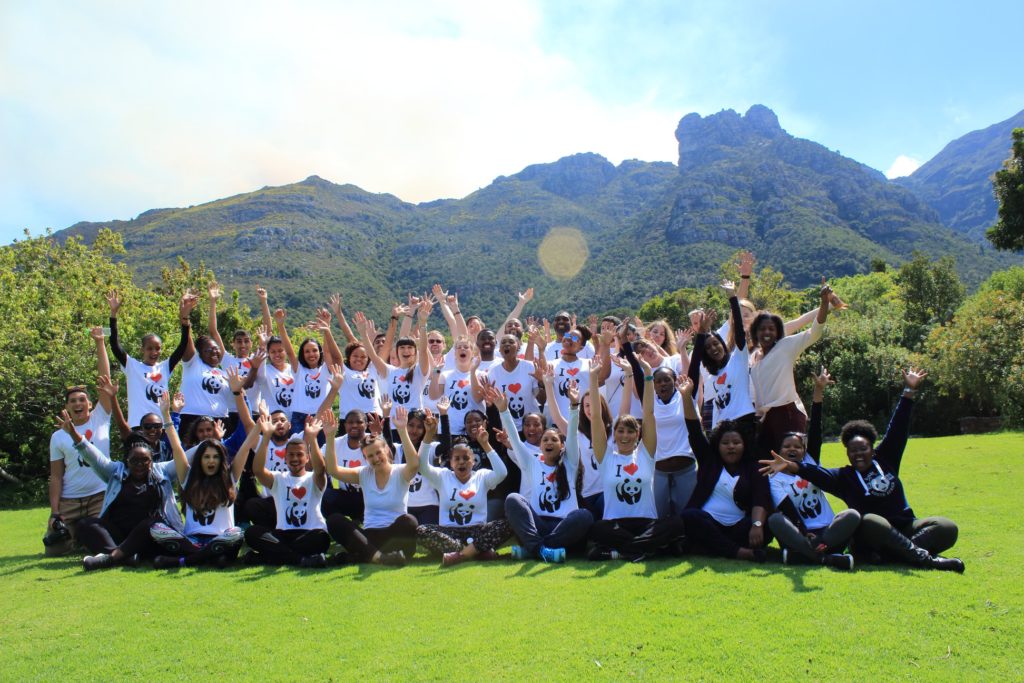The World Wide Fund for Nature (WWF) is celebrating 50 years of protecting and managing the natural environment and landscape in Southern Africa through conservation methods, ensuring that the public can experience its natural beauty.
Cape Town is filled with picturesque landscapes that has locals and international visitors flocking to our shores, the WWF organization has played a pivotal role in ensuring the sustainability of these beloved areas for years to come.
As the wildlife organization has reached a milestone since its founding in 1968, here are five significant ways that WWF have made their mark on conservation in South Africa.
1. Cape Flora Kingdom
In 1993, WWF raised start-up capital to establish the Table Mountain fund in order to protect and conserve the Cape Floral Kingdom. It is the smallest plant kingdom on earth that has over 2000 indigenous plants such as the iconic Protea to the Erica plant and covers the expanse of Table mountain. WWF sustainable fund has ensured that fynbos along the Cape Flora Kingdom will be protected, raising over R60-million for 215 biodiversity projects.
2. National Natural Heritage
During the 70s and the 80s, the conservation organization has established many current areas of natural importance such as the Langebaan Lagoon now known as the West Coast National Park, which was the first marine reserve in 1973 and by 1985 it was named South Africa’s first marine national park.
WWF set up the National Parks Trust to increase the network of the natural protected areas in South Africa and more than 105 0000 hectares of conversation land has been secured through the established trust.
3. Rhino breeding
The WWF organization has been involved with the conservation of the endangered black and white Rhino species since the 80s. The organization had the foresight to begin breeding before the crisis of rhino poaching in 2003 along with arranging a relocation project for the critically endangered black rhino.
Their efforts have established 11 new groups of twenty black rhinos each to new areas across South Africa. The breeding group was successful and in 2007 a local game reserve received a group of black rhinos from their project to continue conservation.
4. Sustainable seafood and ocean protection
In 1969, the first funded marine research project that involved tagging 200 000 loggerhead turtles on the east coast was started by the WWF.
The organization prides itself in establishing change in the marine sector as they focus on educating fishing companies, retailers and public consumers on sustainable seafood choices with their innovative red, orange and green grading system known as WWF-SASSI, the Southern African Sustainable Seafood Initiative.

5. Clearing of Alien plants to ensure natural water flow
Alien plants serve as a direct threat to the natural ecosystem as they drain the water levels and negatively affect the natural water flow in the environment.
A job creation initiative, Working for Water was started up by WWF in the mid-90s in areas of high density and invasive aliens vegetation in order to tackle and manage these water-thirsty plants from the rivers and natural water flow.
Working for Water is now run by government with over 300 projects across all nine provinces in South Africa and has trained and employed over 20 000 men and women who have cleared more than a million hectares of alien plants.
The conservation giant will be hosting a fundraising dinner at the Cape Town International Convention Centre on 1 September and is urging the public to join them as they share their vision for 2068
To book a sea at the up-coming gala and for more information visit wwf.org.za or contact Nabeelah Khan on 021 657 6612 or [email protected].
Picture: WWF organisation






